lvcrtrs
TPF Noob!
- Joined
- Dec 18, 2008
- Messages
- 606
- Reaction score
- 1
- Location
- Pennsylvania
- Can others edit my Photos
- Photos OK to edit
We'll call this "Blurry Bird". The bird itself was sharpened in PSE7 at 150 on the slider bar.
Shot at 1/1000 I thought it would stop anything. While blurry wings would be ok the head blur sends this one to recycle. How fast do you have to be to stop everything from blur? Not too bad at original size but not too good when I try to enlarge it at all.
Blurry Bird
F/8, 1/1000, 500, 105mm, Spot meter, Normal Program

Blurry Bird cropped
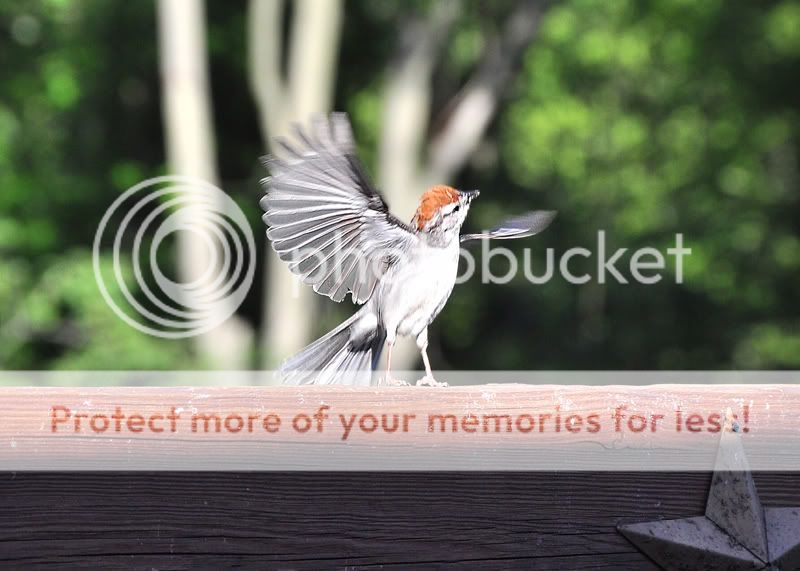
Shot at 1/1000 I thought it would stop anything. While blurry wings would be ok the head blur sends this one to recycle. How fast do you have to be to stop everything from blur? Not too bad at original size but not too good when I try to enlarge it at all.
Blurry Bird
F/8, 1/1000, 500, 105mm, Spot meter, Normal Program

Blurry Bird cropped







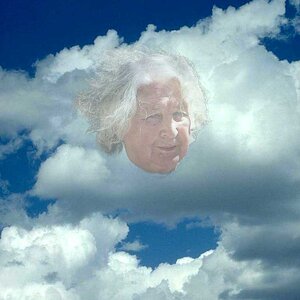

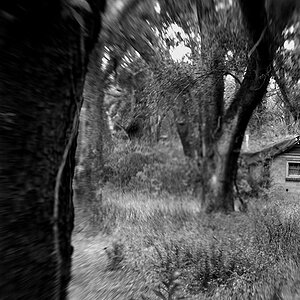

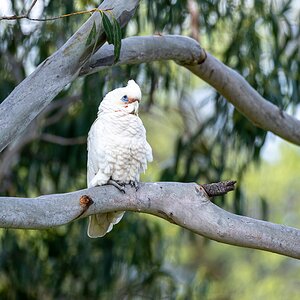



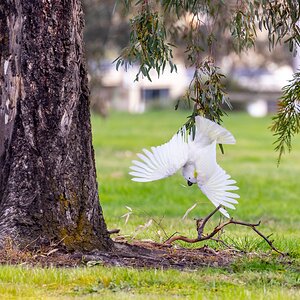
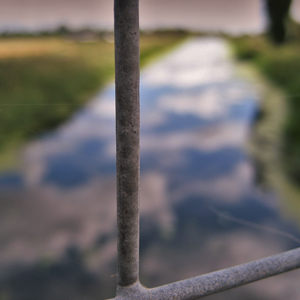

![[No title]](/data/xfmg/thumbnail/39/39490-b2e64c58554ef92efe2474950d27753d.jpg?1619739050)